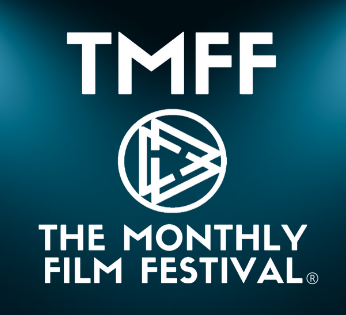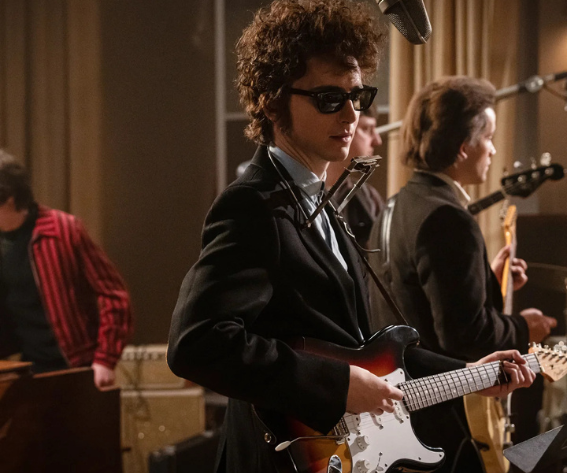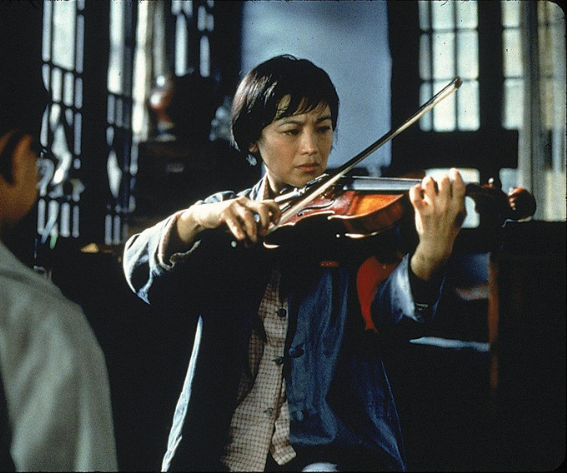It is hard to imagine any instrument that can cut through a movie soundtrack like the guitar. It can be the raw edge of an overdriven electric, the intimate warmth of a nylon-string classical, the bright jangle of a steel-string acoustic, and its voice can turn an ordinary scene into something memorable. Whether it is heartfelt finger picking or screeching lead lines, the range of the guitar makes it a hidden weapon in the world of cinema to evoke an emotional reaction out of the viewers easily.
Astoundingly, some of the most unforgettable screen guitar instances are modest in nature. The unique growl of a pre-loved hand instrument, the grit of a well-used acoustic, or even the grind of a second hand bass guitar can give more character than the high-end, pristine models. The filmmakers usually make their decisions with regard to the emotional effect as opposed to technical perfection and create soundscapes that seem to be natural to the worlds they create.
Crafting Unforgettable Guitar Moments
The reason why great guitar work on screen resonates is that it is directly linked to the story. Think of the tense, stuttering riff that makes Pulp Fiction, or the mournful slide guitar in Paris, Texas, laying loneliness over the desert. These instances are effective not due to their virtuosity, but because they are used to the service of the story, so that music and visuals can become one in the mind of the viewer.
High-Octane Storytelling Through Strings
Energy is essential in action, and guitars, no matter what kind, can provide it. In Mad Max: Fury Road, jagged rhythmic chugging kept pace with the mayhem of high-speed fighting, whereas in other movies, rapid acoustic strumming or flamenco-esque flourishes can propel scenes with the same sense of urgency. The use of dynamic styles, such as electric whammy bar dives and palm-muted bass runs, contributes to the adrenaline rush that the audiences desire.
The Art of Strategic Restraint
There are times when one note or even a few chords are more effective than a cacophony. This was evident in the soundtrack to Breaking Bad, which used minimalist guitar riffs to reflect the psychological breakdown of Walter White. On acoustic or electric, reserved playing makes every note a conscious, heavy decision, increasing its emotional impact.
Time Travel Through Tone
The sound of a guitar can immediately date a story to a certain period. The rustic finger picking of an acoustic guitar of the 1960s, the overdriven lead guitars of the 1980s, or the spacious reverb of a 1990s indie song can take the viewer to a different place without a word. Almost Famous was a true representation of the 1970s, and Back to the Future incorporated period-correct playing styles to help establish the time frame. The focus on historically accurate equipment and methods makes these hints sound authentic.
Giving Characters a Six-String Voice
Guitar tone and style can be used to characterise a character much in the same way that costume design is used to characterise a character. Ennio Morricone is well known to have assigned each of the gunslingers in his Western scores a different guitar personality, twangy or mournful. Contemporary films such as Baby Driver employ the shifting sound of the guitar to indicate the evolving state of mind of a character, the grit of a blues lick or the closeness of a fingerpicked ballad.
Practical Considerations for Filmmakers
Budget constraints can drive creativity. One guitar can replace a more costly orchestration, and direct input recording enables tonal changes to be made in post-production. Be it recording a live acoustic track or overdubbing processed electric instruments, the real thing frequently trumps the perfect studio sheen, and that is something that movies such as School of Rock took to heart.
Principles of Effective Film Guitar
There are unwritten rules of great guitar use in movies: the silence makes the returns more effective, imperfections may be more human, and the thematic style can stabilise the audience emotionally. Whether it is the brooding motifs in The Batman or the sun-bleached harmonics of a desert-set drama, the judicious use of these principles makes the guitar seem a natural element of the storytelling.
The Future of Guitar in Cinema
The potential of the instrument is increasing with the development of technology. Amp modelling has the ability to reproduce rare vintage sounds, and polyphonic processing enables editing of individual notes in a performance. The guitar is being used in newer cinematic applications with hybrid scores combining orchestral swells with acoustic plucks or electric drones, such as in Dune.
The guitar is still one of the most versatile and emotionally straightforward instruments in the cinema. Whispering on a nylon-string interlude, roaring on a distorted solo, or grounding a scene on a resonant bass line, it has continued to demonstrate that it is more than background music. When applied judiciously, it is no longer an accompaniment but a narrative companion, adding its voice to the visual story in a way that no other instrument quite does.









Leave a reply